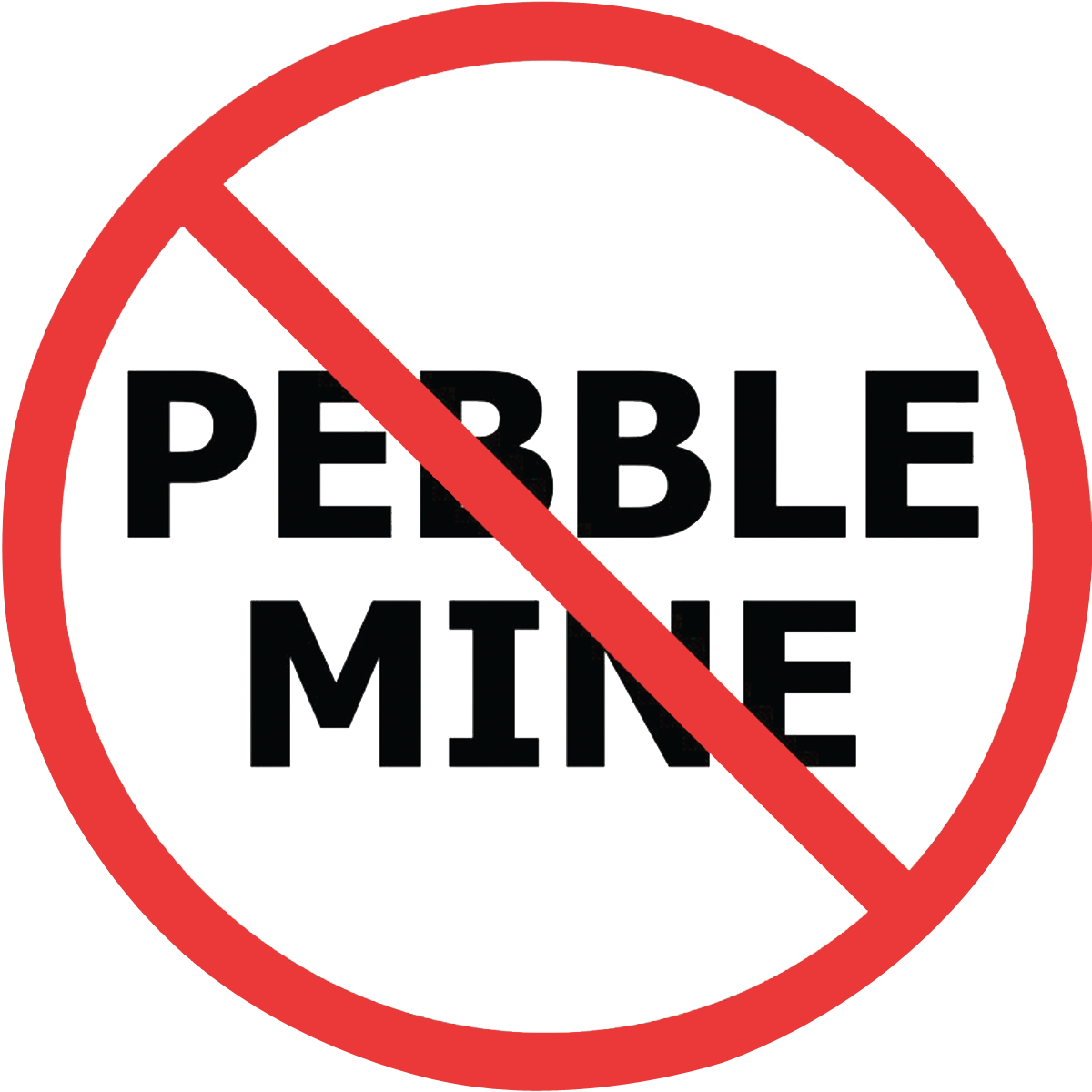Photos by Nick Hall
Alaska ranks ninth among seafood-producing nations in the world. Forty-two percent of the world’s harvest of wild salmon and 80 percent of the production of high-value wild salmon species such as sockeye, king, and coho salmon, come from Alaska waters. Salmon is the most valuable commercial fish managed by the state of Alaska and Bristol Bay is Alaska’s richest commercial fishery. In Bristol Bay alone, the 2018 harvest of all salmon species was approximately 43 million fish, and the value of the 2018 commercial catch topped $283 million. Bristol Bay has long been recognized as a vital contributor to Alaska’s commercial fishing economy, so much so that in 1972 the Alaska legislature determined that it was in the best interest of the state to establish the Bristol Bay Fisheries Reserve. This protected Bristol Bay fisheries’ longstanding and valuable commercial, subsistence, and sport fishing from oil and gas development. However, it does not protect against hard rock mining operations like Pebble.
All five species of Pacific salmon return to Bristol Bay to spawn in its rivers, including pink, chum, sockeye, coho and king. The waters of the region have long been an integral part of the state and local economies, providing thousands of sustainable jobs to Alaskans for generations. Commercial fishing-related jobs account for nearly 75 percent of local employment. The annual payroll for fish and wildlife-related employment totals $175 million. Commercial fishing and the associated canneries have been the major industries in the area for many decades. In 2014 residents marked the 130th anniversary of commercial fishing in Bristol Bay.
The commercial fisheries management area of Bristol Bay includes eight major river systems: Naknek, Kvichak, Egegig, Ugashik, Wood, Nushagak, Igushik and Togiak. The Kvichak River, which runs from Lake Iliamna (the largest freshwater body in Alaska) to Bristol Bay, is home to the single largest salmon run on the planet. The Nushagak River hosts the largest king salmon run in Alaska.
Millions of Sockeye Return to the Bay Each Summer
Photo by Carl Johnson
The annual average sockeye run is 36.9 million run for the latest 20 year time period. Bristol Bay’s productive salmon runs are remarkable even by Alaska’s standards and retain a strong Chinook run while other areas of the state are seeing diminishing returns.
Every year fish return to Bristol Bay in astounding numbers, largely due to the sound, scientific management of state and federal agencies. For instance, in 2018 the Bristol Bay sockeye salmon run produced a record-breaking 62.3 million fish. National Geographic listed Alaska as one of only three well-managed fisheries in the world, the others being Iceland and New Zealand. The forecast for 2019 season is expected to be another banner year, at roughly 40 million.
Protect Bristol Bay
With its astounding beauty and prolific salmon runs, Bristol Bay is a place of international importance. Its future is threatened by the proposed Pebble mine as well as hard rock mining on adjacent state and federal land. The Bristol Bay watershed must be put off-limits to Pebble and other large-scale mining projects.



